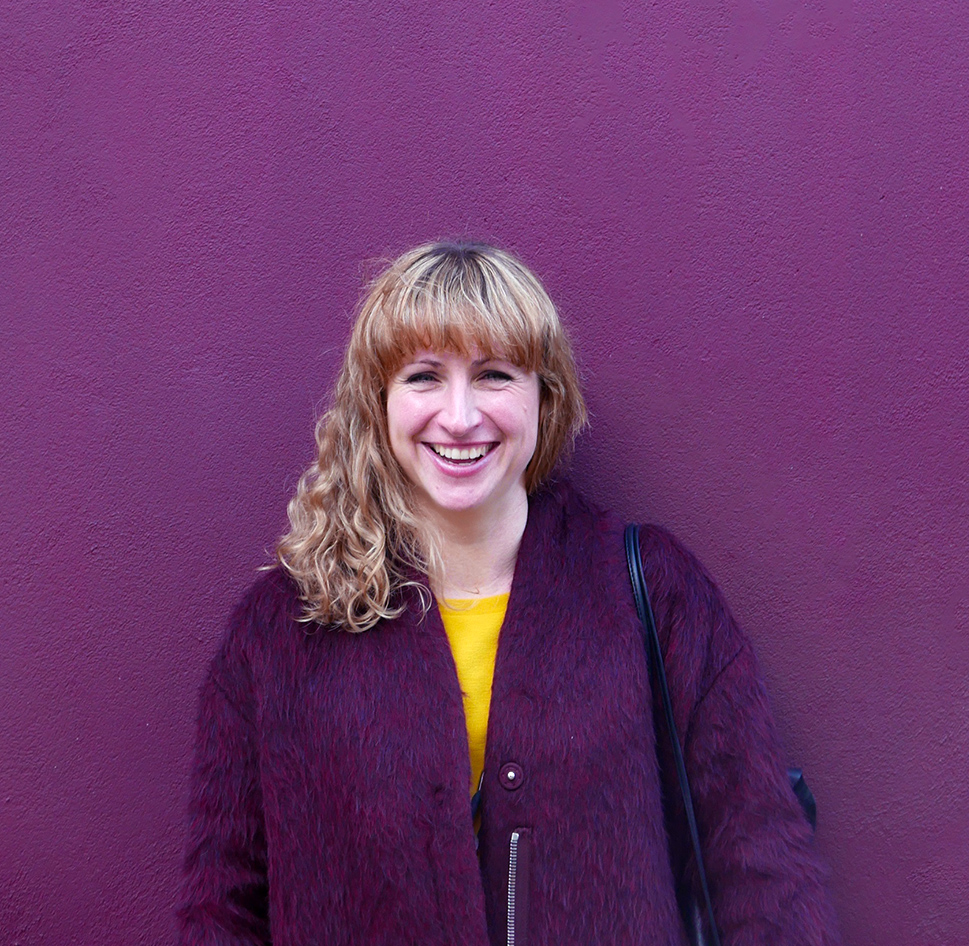Coronavirus has delivered a new consumer context, presenting businesses with fresh opportunities and threats. If businesses align themselves with their customers now, they will be best-placed to take advantage of the emerging opportunities. If they do not, they risk losing touch or being leapfrogged by competitors. Chloe Amos-Edkins, intO’s Research Director, believes that Investment in qualitative research has never been so essential.
The health threat of the pandemic and its ensuing lockdown have combined to create a unique moment of reflection and adjustment for us all. In many societies, we’ve been reminded that we take things like access to healthcare and being able to buy food for granted. Almost overnight, we were forced to adapt our behaviours and consideration sets. We’ve had to change the way we use physical spaces and connect with people, and many have had to completely modify the way they work. We’ve been forced to do things that were previously quite unthinkable, like combining home-schooling with working from home and communicating with grandparents on Zoom. Many of us have questioned our values, needs and aspirations.
What would you like to keep from lockdown, and what would you like to change?
At the beginning of the pandemic, French philosopher, anthropologist and sociologist, Bruno Latour, suggested that everyone monitor their answers to two questions: what they would like to keep from the lockdown, and what they would like to change. In a subsequent interview with The Guardian, he has said, ‘Even if you were not a spiritual person, the lockdown forced everyone into a kind of retreat, a moment of reflection. It was quite extraordinary. The questions were therapeutic. They gave people [who were] powerlessly stuck at home a way of thinking about how they would create a better future.’
In this new consumer context, businesses are presented with both an opportunity and a threat.
The opportunity is to reinvent (or at least optimise) to adapt to the new needs and desires of consumers. Businesses need to uncover what their most appealing element is. They need to unearth what really matters to their consumers now, and find the best possible ways to tap into this via brand, product, service and/or messaging.
The threat is the danger of missing the mark. If businesses lose touch with their consumers’ changing needs, there’s a high risk of being overtaken by competitors who are able to demonstrate empathy and relevance within the new context.
In times of economic uncertainty, organisations are apt to tighten budgets. But research investment shouldn’t be viewed as frivolous spend. Being able to understand users as holistic beings, and having a conscious awareness about the context of their lives, is vital to ensuring the survival and future prosperity of any business or organisation. The positive news is that the same restraints that have made user-led research essential, have also accelerated its accessibility and efficiency and made it more cost-effective than ever.
Remote research methods
Remote research methodology has been part of intO’s DNA since its inception in 2011. And we identified, early on, that freeing ourselves from the restraints of physical geography had multiple benefits for us and our clients. Our centralised team (based in London and Cali, Colombia) works with intO’s global network of talented and diverse Local Experts, who live in established and emerging markets all around the world. As a necessity of running global projects, we’re frequently engaged with both fully and partially remote research methods. This allows us to run multi-region research concurrently, using our carefully self-recruited respondents, to deliver a high level of consistency and depth of insight across regions – at pace.
The benefits of remote research methods
As well as facilitating efficiency and rapid project turnaround, there are other obvious benefits to remote research. Less travel equates to cost-savings, more flexibility and reduced environmental impact. An example research project run by intO’s London team for a client in Holland, across the markets of Japan, India and Brazil, could save a carbon footprint of up to 27.76 tonnes of CO2 (the equivalent needed to heat up to 10 UK households for one year) if it were managed remotely.
Despite the benefits, convincing some potential clients that this is an optimal way of carrying out research has occasionally been a struggle. In the past, there has been a feeling that remote methodologies might generate diluted and less consistent insights, reduce access to the best participants, and fail to deliver an experience of cultural immersion. However, our case studies and client testimonials consistently prove that this isn’t true. Over the past few months, we’ve watched with interest as the rest of the world has been forced to switch to remote working practices. And, despite some frustrations and challenges, it has worked. It’s no longer niche – and as with many other pre-pandemic trends, adoption has been accelerated. We’ll see the same acceptance of remote research methods going forward.
Choosing the best method for your research objectives
There are a myriad of qualitative research methods available and each has a different level of suitability for remote research, depending on your organisation, objective and the participants in question. We pride ourselves on offering bespoke processes for each client and will suggest the best possible method for answering the questions posed, while considering each project’s constraints. Different approaches will be suitable depending on whether an organisation is agile and exploratory or more grounded and traditional. Detailed video interviews are suitable for understanding opinion, values and motivations, whereas diary recording (written, recorded and/or visual) and methods like mobile-enabled tracking are more suitable for observing actual behaviour. Anonymous surveys are more helpful when exploring subjects that participants might have inhibitions about. We welcome and encourage you to engage our advice as early as possible (no strings attached!) so we can help you shape your chosen methods before a specific direction becomes too ‘entrenched’.
Explorative (discovery) or evaluative (testing) research?
In the current circumstances, both exploratory and evaluative research will be important to understand who your users are, what they want or need to do, and how well your product, service or design is answering (or could answer) those needs.
Exploratory research will help you assess how your customer’s mindset has altered and whether you have entirely new kinds of customers. Assessing that change (and tracking it over the coming weeks and months) will be key to addressing their needs in order to remain relevant to them. Take the example of the ‘Houseparty’ app, which experienced a 500% increase in users in March 2020. While this app was previously associated with a younger audience of teens and twentysomethings, the pandemic lured an older crowd to the service, as they sought an easy way to bridge the imposed social distance between family and friends. How could Houseparty meet the needs of this new consumer audience, once lockdowns lift? And how should they do this without alienating their traditional users? Might their user base evolve in other unpredictable directions in the future?
Evaluative research will help you test whether your product or service is still appropriate and relevant to your customers, based on new user scenarios. Your user’s situation (and therefore use-case) may have changed dramatically since lockdown began, and while some things may return to normal quickly, many people will be working, exercising and home-schooling for many weeks and months to come; organisations like Google and Facebook are already giving employees the option to work from home for the rest of the year, at least. Let’s think about a tool like Slack, which enables teams to work more efficiently, but wasn’t specifically created for a remote working context. Slack has seen users increase the time they spend ‘actively’ using the app from an average of 90 minutes per day, to 120 minutes per day – and that’s not necessarily a positive thing for a productivity tool. This could suggest that there are remote challenges, which are slowing users down, that Slack doesn’t yet have the functionality to address.
Your consumer has changed. They are feeling new feelings, using new products, behaving in new ways – and they might even be a totally different audience segment. Regardless of whether your business has suffered because of the crisis or benefited, what you think you knew about your customers has changed, so now is the time to invest in research to stay relevant and future-proof your business. Your burning questions, budget, turnaround time, type of data, application, geography, language and culture are all part of the consideration set when choosing the best method for your research project. intO can help you to identify and recruit your users, and action the best methodology, to answer your questions and enable you to move forward with clarity.
 Chloe is intO’s Research Director. Learn more about Chloe here and connect with her on LinkedIn, here.
Chloe is intO’s Research Director. Learn more about Chloe here and connect with her on LinkedIn, here.
Lead photo by Rodion Kutsaev on Unsplash
Consumption Business Future of Work Publications Research


 Chloe is intO’s Research Director. Learn more about Chloe
Chloe is intO’s Research Director. Learn more about Chloe 
